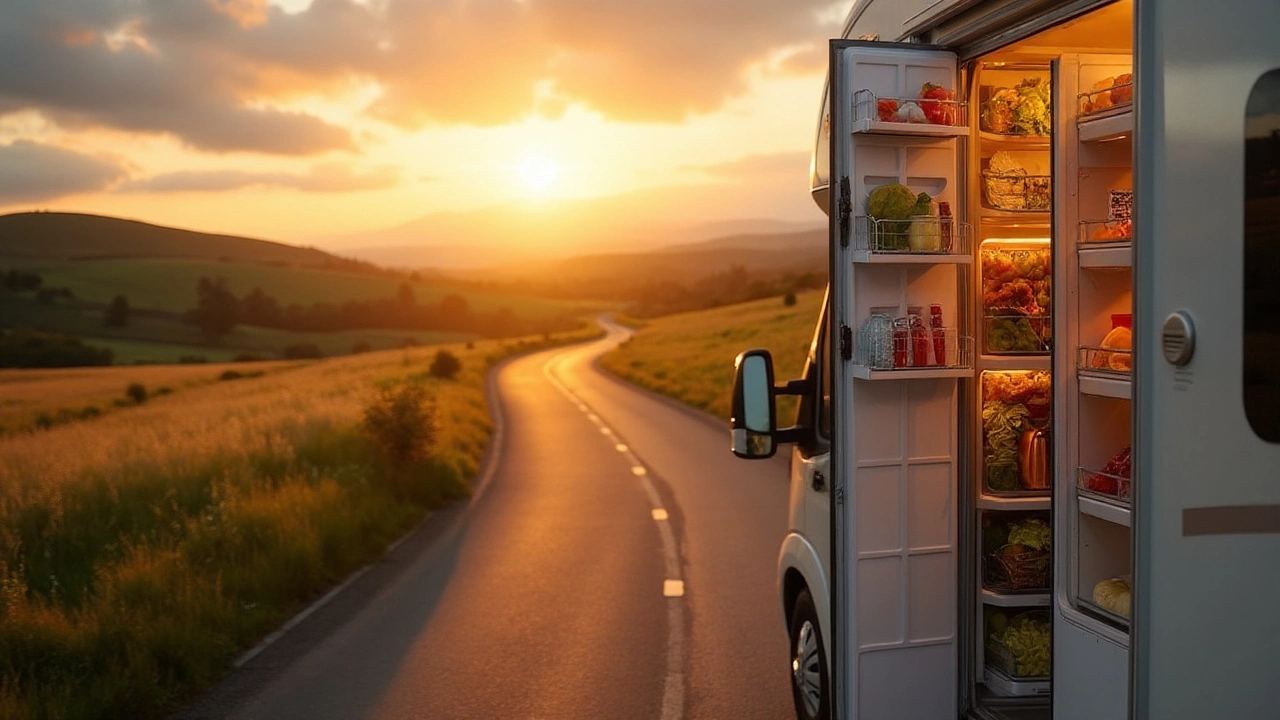Road Safety Essentials for Motorhome Adventures
If you love hitting the road in a motorhome, safety isn’t an afterthought – it’s the core of a great trip. Bigger size, higher centre of gravity, and more gadgets mean you have to drive a bit differently than in a car. Below you’ll find straight‑forward tips that keep you, your passengers, and your vehicle out of trouble.
Pre‑Trip Vehicle Checklist
Before you roll out, give your motorhome a quick once‑over. Check tyre pressure, brake fluid, and the condition of the tires – worn tread can spell a nasty loss of control, especially on wet roads. Test all lights – headlights, brake lights, turn signals – and make sure the exhaust isn’t leaking. Inside, verify that the gas bottle is secured and the water tanks are properly connected. A short inspection saves hours of headaches later.
On‑Road Practices to Keep You Safe
When you’re behind the wheel, treat the motorhome like a small truck. Give yourself a longer stopping distance; a good rule is to add an extra 3‑second gap to the usual car following distance. Use mirrors and, if you have them, a rear‑view camera to watch blind spots – they’re bigger than you think. Keep your speed realistic for the vehicle’s weight, especially on bends and steep hills.
Loading matters, too. Heavy items should sit low and close to the centre line to lower the centre of gravity. Loose gear can shift while you drive and affect handling, so strap everything down. If you’re travelling with kids, make sure seat belts or child seats are properly fitted; don’t rely on the sofa cushions for safety.
Now, let’s tackle a question many motorhome users ask: can you use the toilet while the vehicle is moving? The short answer is no – it’s unsafe and often illegal. The waste tank can tip, causing spills that damage the system and create a mess. Plan regular stops at service areas or designated dump points to empty the tank. If you’re on a tight schedule, keep a portable urinal handy for quick relief, but never flush it while the engine’s running.
Sleeping in a moving motorhome is another hot topic. While it might sound tempting on a long stretch, it’s risky. The vehicle can bounce, and you could be jolted awake or, worse, fall asleep while the wheels are still turning. The safest move is to pull over at a legal parking spot or designated campsite, turn off the engine, and then rest. This also lets you stay within road‑traffic laws that forbid sleep while driving.
Weather changes fast, especially in the UK. Keep an eye on forecasts and be ready to adjust your route. If rain turns the road slick, reduce speed and avoid sudden lane changes. Fog? Turn on low beams, use fog lights if you have them, and drive slower than usual. Snow and ice demand even more caution – consider whether you need a different tyre or a four‑wheel‑drive model.
Finally, stay connected. A fully charged phone, a roadside emergency kit, and a reliable GPS make a huge difference. Share your itinerary with a friend or family member, and check in regularly. Knowing someone is aware of your route adds a layer of security you can’t overlook.
Follow these straightforward steps, and you’ll enjoy the freedom of motorhome travel without the stress. Safe journeys start with simple habits, so make them part of every trip you plan.
Running Your RV Fridge Safely While on the Road
Traveling in an RV offers a world of convenience, mixing the freedom of the open road with the comforts of home. One common question among RV owners is whether they can run their refrigerator while driving. This guide sheds light on the safety, methods, and tips of keeping your food fresh on the move without compromising safety or legality.
